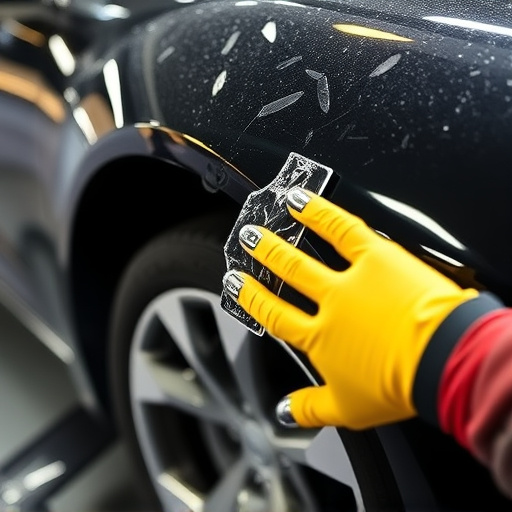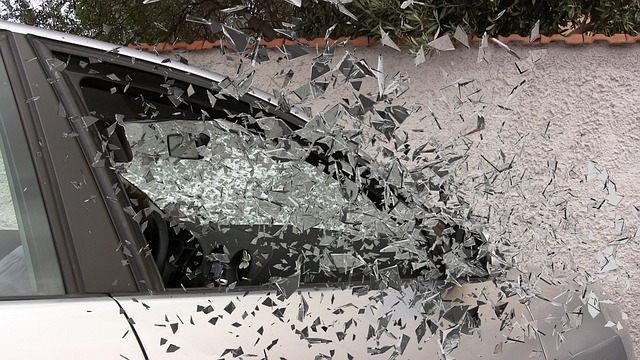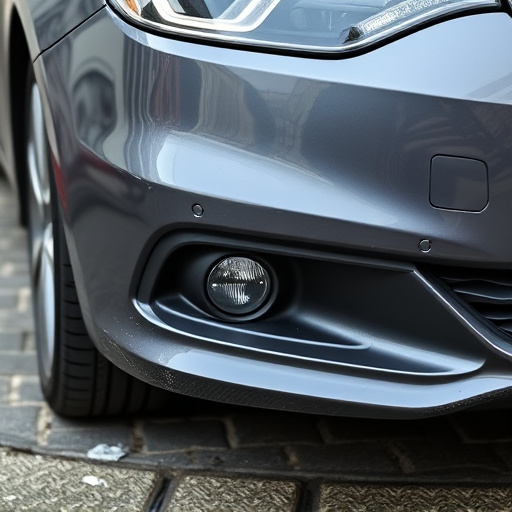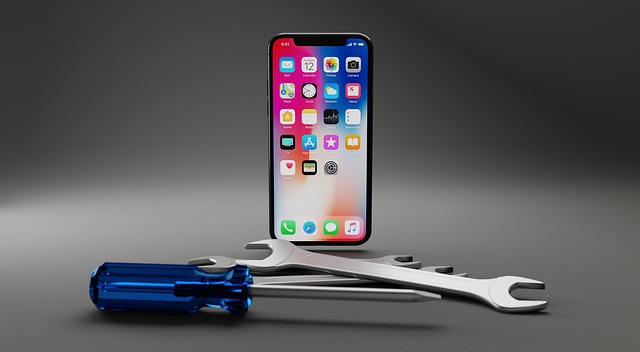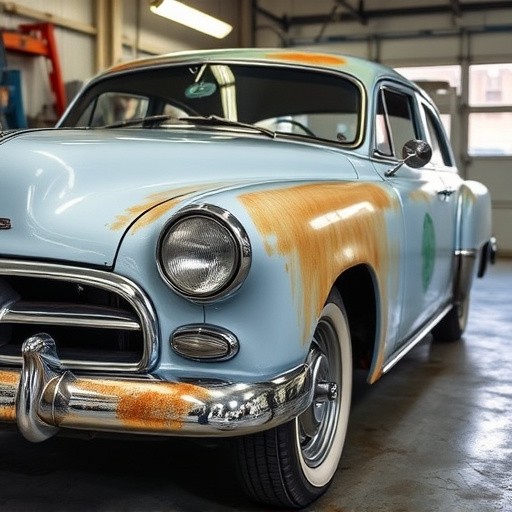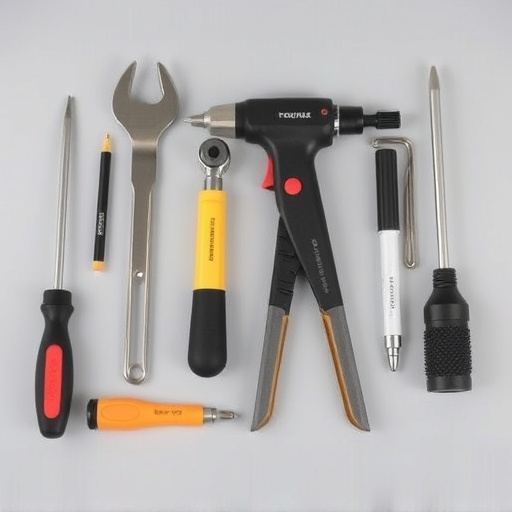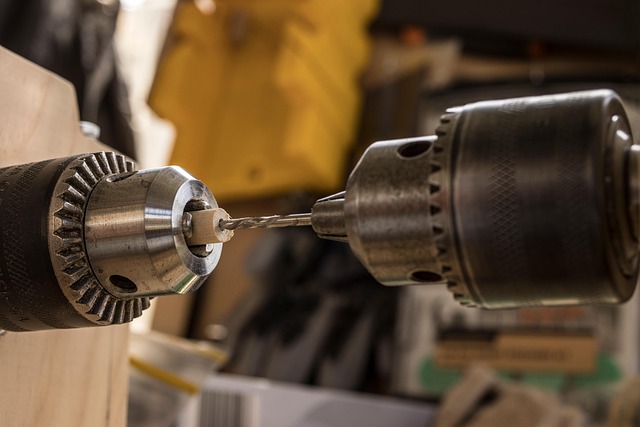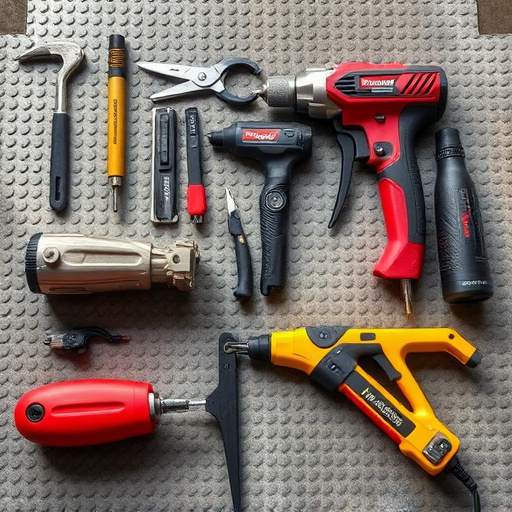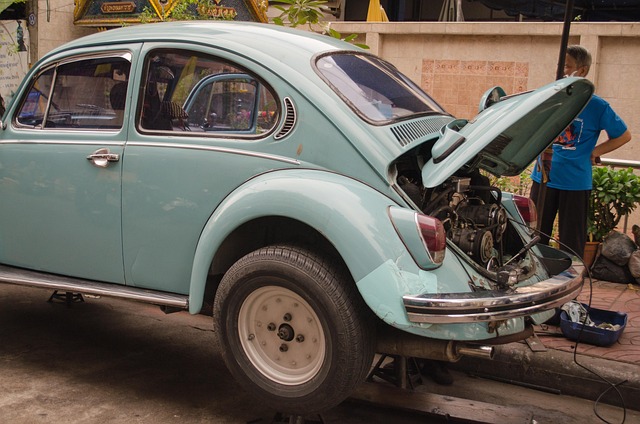The evolution of sedan collision repair has revolutionized the auto industry through advanced technology like CAD, robotics, and precise paint systems, enabling faster, safer, and cost-effective repairs. Stricter safety standards driven by complex car designs have catalyzed continuous innovation, improving repair quality and setting precedents for the sector. This transformation has reshaped restoration methods, reduced waste, lowered costs, and promoted sustainable practices, impacting economic landscapes and environmental sustainability.
Sedan collision repair has undergone a remarkable transformation, shaping the modern auto industry. This evolution is marked by advanced techniques and technology, enhancing safety standards and sustainability. From traditional metalworking to cutting-edge computer-aided design (CAD), the process has revolutionized repair accuracy and efficiency. As a result, the industry now prioritizes precision and eco-friendly practices, reducing waste and promoting a greener approach to vehicle restoration. These changes not only impact how sedans are repaired but also drive economic shifts, influencing job roles and community resources.
- Evolution of Techniques and Technology in Sedan Repair
- Safety Standards Revolution: A Direct Impact
- The Economic and Environmental Shift in Auto Industry Restoration
Evolution of Techniques and Technology in Sedan Repair
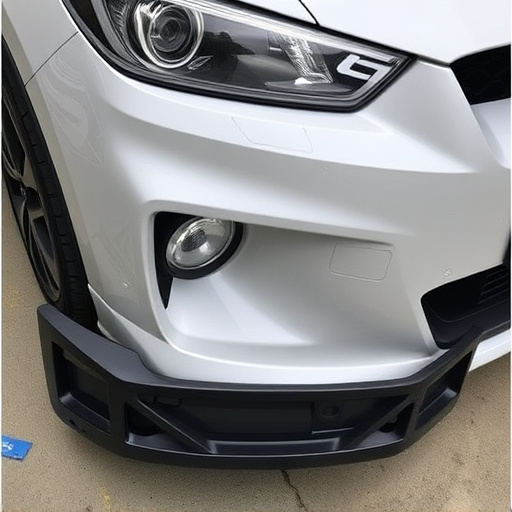
The evolution of sedan collision repair techniques and technology has been a game-changer in the auto industry. In the past, car body restoration was a labor-intensive process, often involving manual labor and traditional tools. However, with advancements in technology, the industry has seen a significant shift towards more efficient and precise methods. Today, sedan collision repair incorporates cutting-edge techniques such as computer-aided design (CAD) and robotica to achieve seamless and accurate repairs. These innovations not only enhance the speed and quality of car damage repair but also reduce costs for both repair shops and vehicle owners.
Additionally, advancements in vehicle paint repair have played a crucial role in revitalizing the appearance of damaged sedans. Modern paint systems offer improved durability and color accuracy, ensuring that restored vehicles look as good as new. Moreover, the integration of advanced training programs and certification standards has elevated the skills of auto body technicians, allowing them to handle complex repairs with expertise. As a result, sedan collision repair has evolved into a highly specialized field, combining art and science to restore vehicles to their pre-accident condition, enhancing safety and customer satisfaction in the process.
Safety Standards Revolution: A Direct Impact
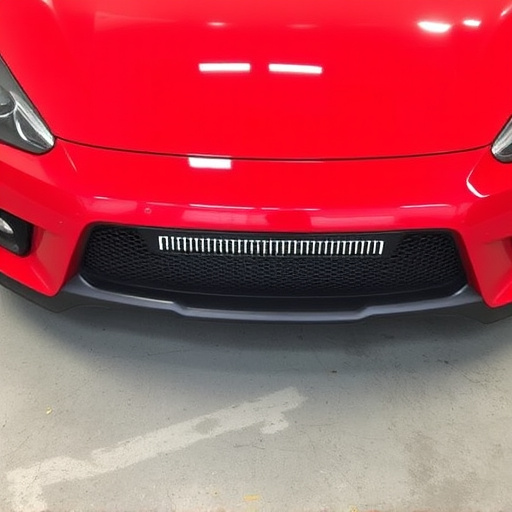
The evolution of sedan collision repair has undeniably sparked a safety standards revolution within the auto industry. As cars became more complex and sophisticated, so did the need for advanced repair techniques to ensure structural integrity and passenger safety. This shift led to the implementation of stringent safety regulations, pushing manufacturers and repair shops alike to develop innovative solutions. Today, every aspect of vehicle collision repair, from frame straightening to panel replacement, is meticulously designed to meet or exceed these standards.
This direct impact on safety standards has not only elevated the overall quality of sedan repairs but also set a precedent for continuous improvement across the entire automotive sector. With advancements in technology and materials science, vehicle repair services are now better equipped to handle even the most intricate damages, ensuring that every repaired car returns to the road with enhanced safety features and structural stability.
The Economic and Environmental Shift in Auto Industry Restoration
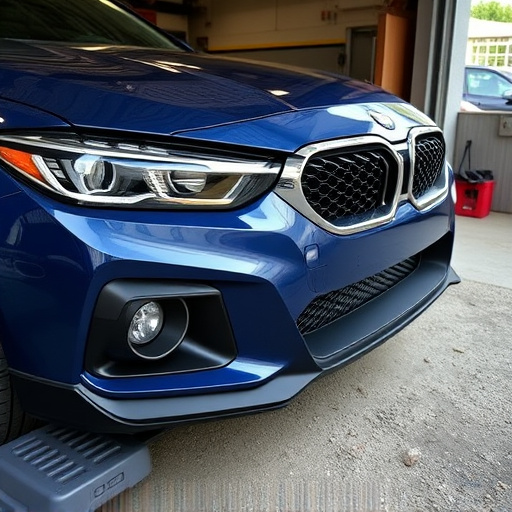
The auto industry’s approach to restoration has undergone a significant transformation due to sedan collision repair techniques. As the demand for efficient and cost-effective car body repairs grew, automotive body shops started embracing innovative methods. This shift not only impacted the economic landscape of the industry but also had substantial environmental implications. With advancements in sedan collision repair, the process became more specialized and precise, reducing waste and minimizing the use of raw materials.
The rise of efficient auto body repairs has led to a decrease in the overall cost of car maintenance, making high-quality vehicle restoration accessible to a wider range of consumers. This economic shift has encouraged businesses to invest in state-of-the-art equipment and highly skilled technicians, further elevating the standard of auto body repairs. Simultaneously, environmental considerations have prompted the industry to adopt more sustainable practices, contributing to a greener future for transportation.
Sedan collision repair has undergone a remarkable transformation, driven by evolving techniques, advanced technology, and heightened safety standards. This evolution has not only revolutionized the auto industry but also brought about significant economic and environmental benefits. As we look to the future, continuous innovation in sedan collision repair promises to further enhance safety, efficiency, and sustainability across the automotive landscape.


